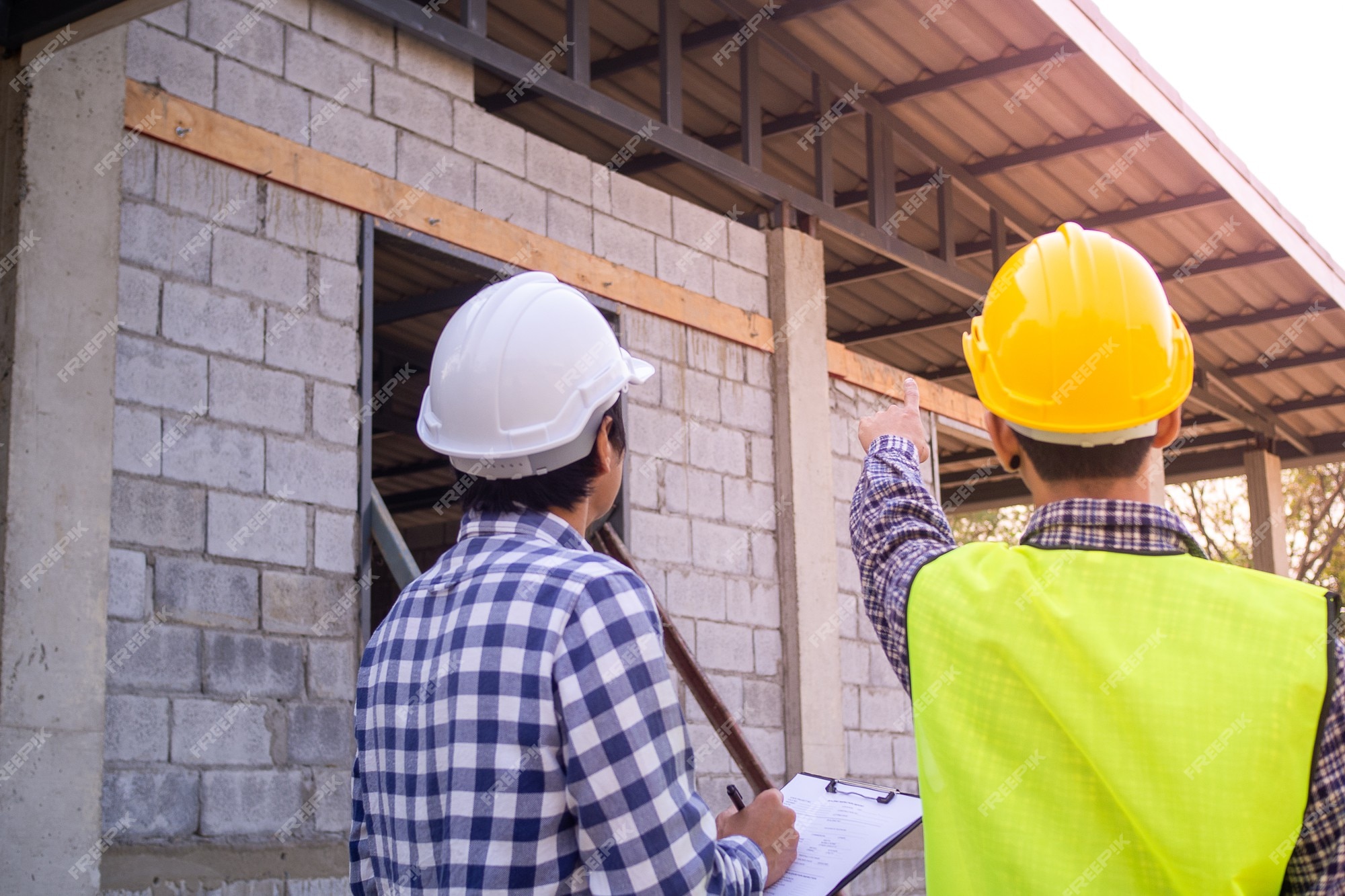
A house’s structural integrity forms the bedrock of its stability, safety, and longevity. Understanding the key factors that contribute to the structural soundness of a dwelling is essential for homeowners and prospective buyers alike. In this comprehensive guide, we will explore the crucial aspects of assessing and maintaining the structural integrity of a house, ensuring a secure and reliable living environment.
1. Foundation Evaluation
The foundation serves as the solid base on which a house rests, providing stability and transferring the load to the ground. When assessing the structural integrity of a house, it is vital to scrutinize the foundation for any signs of distress or compromise.
Begin by examining the visible foundation walls for cracks, bulges, or uneven settling. These indicators can be indicative of underlying issues that warrant further investigation. Seek professional assistance to conduct a thorough assessment, including soil analysis and testing, to identify potential foundation problems accurately.
Uncommon Terminology: Diagonal crack propagation along the foundation wall is a red flag, suggesting significant structural stress and possible foundation movement.
2. Wall and Structural Elements
Walls and other structural components play a pivotal role in supporting the house’s weight and maintaining its stability. Evaluating these elements is crucial when assessing the overall structural integrity of a house.
Inspect the interior and exterior walls for cracks, deflection, or signs of water infiltration. Minor cracks can be normal due to natural settling, but larger or widening cracks may indicate structural issues that require attention.
Pay particular attention to load-bearing walls, which support the weight of the floors above. Any visible signs of damage or compromise should be addressed promptly, as they can affect the overall structural stability of the house.
Uncommon Terminology: Lateral displacement or shifting of load-bearing walls can result in uneven weight distribution, compromising the structural integrity and potentially leading to structural failure.
3. Roof and Ceiling Examination
The roof serves as the protective shield of a house, safeguarding it from weather elements and ensuring structural integrity. A thorough evaluation of the roof and ceiling is crucial to identify potential issues and ensure long-term stability.
Begin by inspecting the roof covering for missing or damaged shingles, as well as signs of sagging or unevenness. These can indicate underlying problems with the roof structure or compromised structural integrity.
Uncommon Terminology: Roof trusses or rafters that show signs of deflection or bending could imply excessive loads or structural weakening, requiring immediate professional assessment and repair.
Assess the interior ceiling for any water stains, cracks, or signs of sagging. These issues may indicate water leaks, compromised roof integrity, or even structural movement.
4. Flooring and Subfloor Inspection
Flooring and subflooring are integral components that contribute to the overall structural integrity and stability of a house. A thorough examination is necessary to identify potential problems that could compromise the livability of the dwelling.
Inspect the flooring for any signs of unevenness, warping, or sagging. These issues may indicate underlying structural problems, such as compromised joists or foundation settlement.
Uncommon Terminology: Joist deflection, characterized by excessive bending or sagging, can lead to an uneven floor surface and compromise the overall structural stability of the house.
Evaluate the subflooring beneath the visible flooring materials. Pay attention to signs of water damage, rot, or pest infestation, as these can significantly affect the structural integrity of the house.
5. Structural System Maintenance
Proactive maintenance is crucial for preserving the structural integrity of a house and preventing issues from escalating. Regular inspections and timely repairs are essential to ensure long-term stability and safety.
Engage a qualified professional, such as a structural engineer or licensed contractor, to conduct regular inspections and assessments. They possess the expertise to identify potential problems and recommend appropriate remedial actions.
Uncommon Terminology: Vibration monitoring of the house’s structural elements, such as during nearby construction or seismic events, can help detect any unexpected structural response and allow for timely intervention.
Implement a proactive maintenance plan that includes regular checks for water leaks, plumbing issues, or signs of moisture, as these can compromise the structural components over time.
Conclusion
Assessing and maintaining the structural integrity of a house is crucial for ensuring its stability, safety, and longevity. By evaluating the foundation, walls, roof, flooring, and implementing a robust maintenance plan, homeowners can safeguard their dwellings from potential structural issues. Engaging professional expertise and conducting regular inspections are key to identifying and addressing problems before they escalate. A structurally sound house not only provides peace of mind but also serves as a secure and reliable space for occupants to call home.
